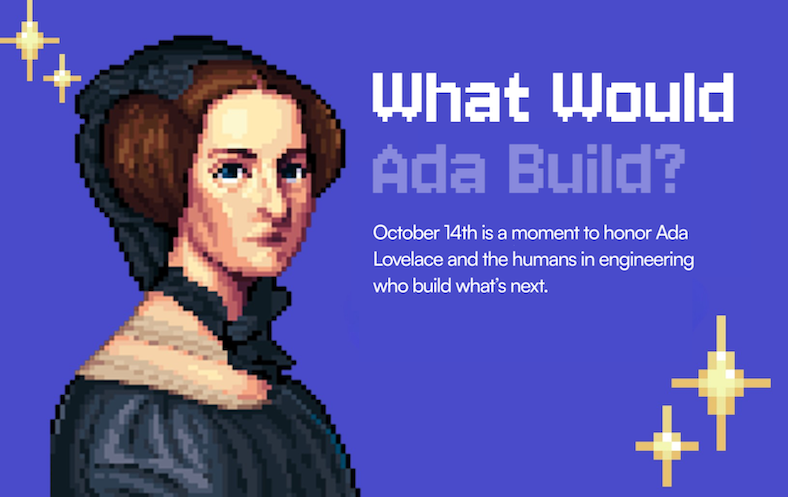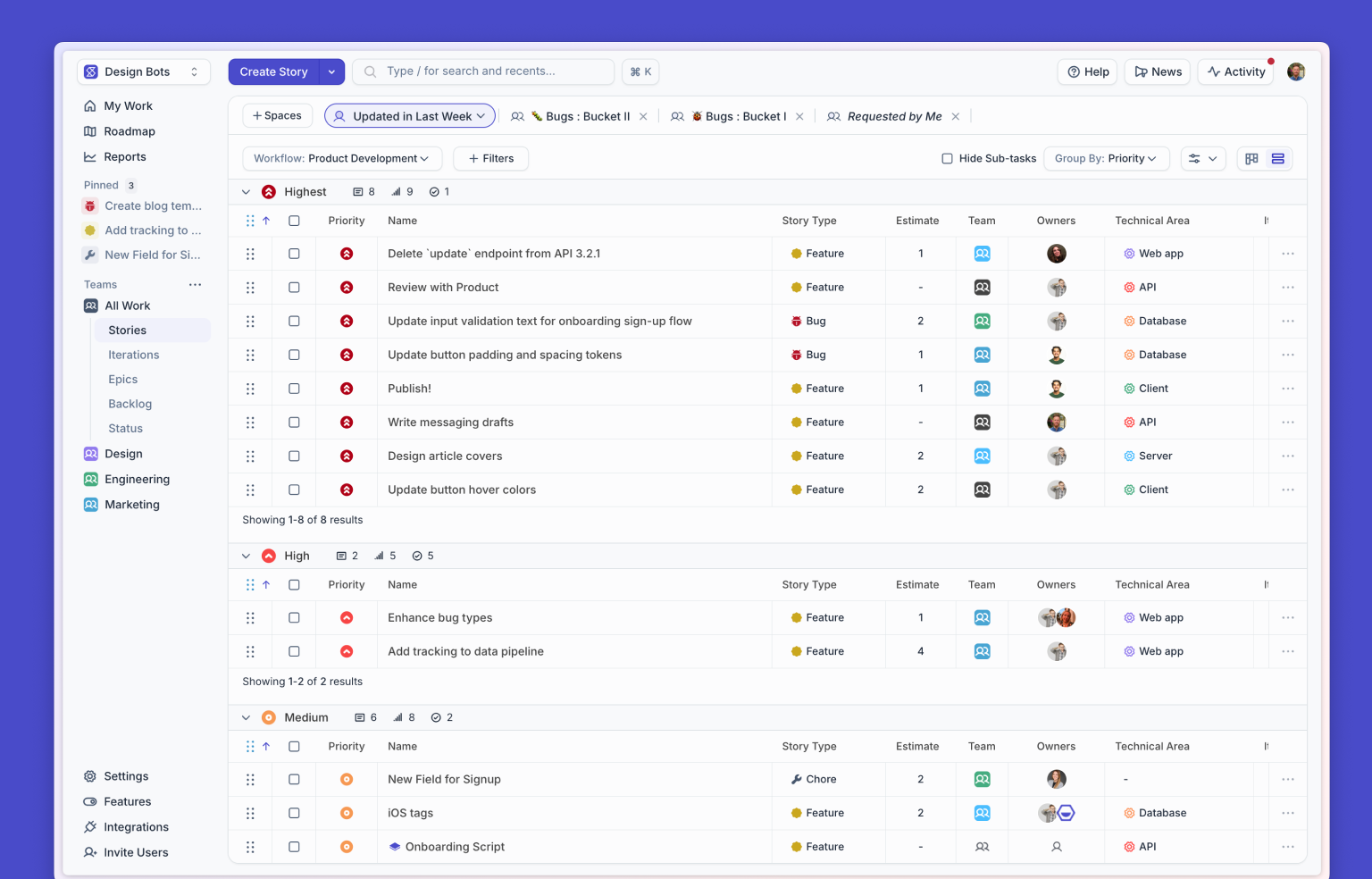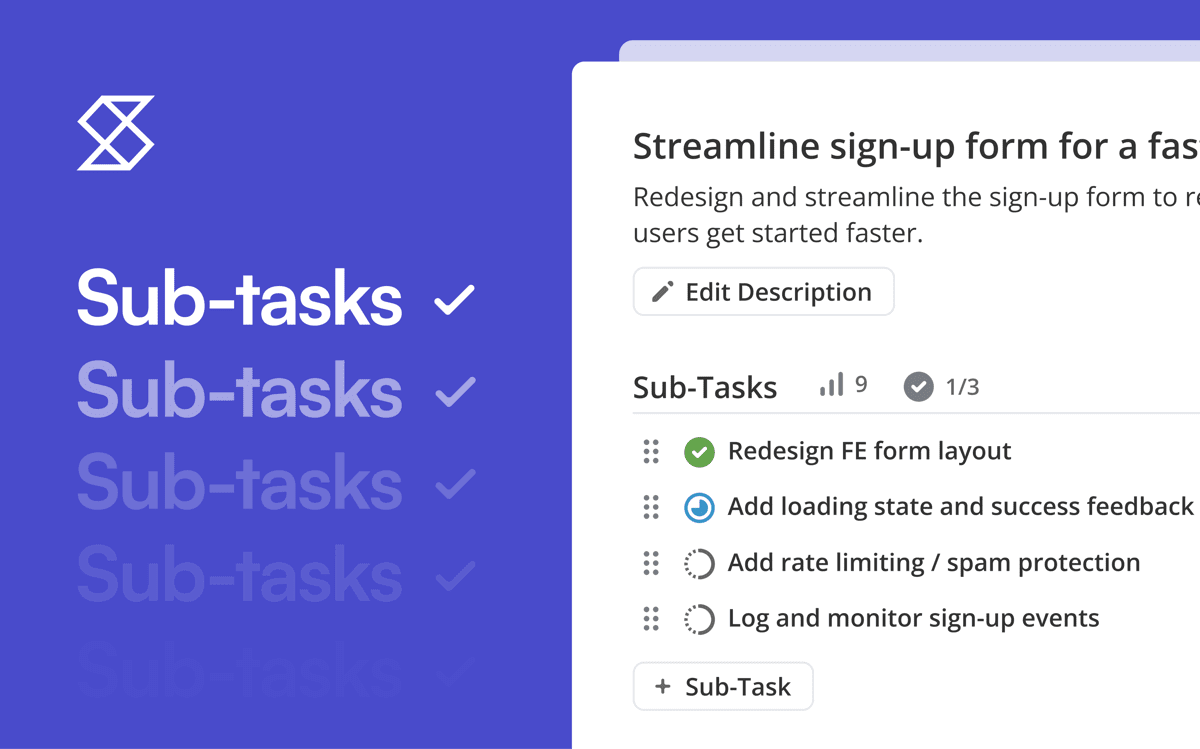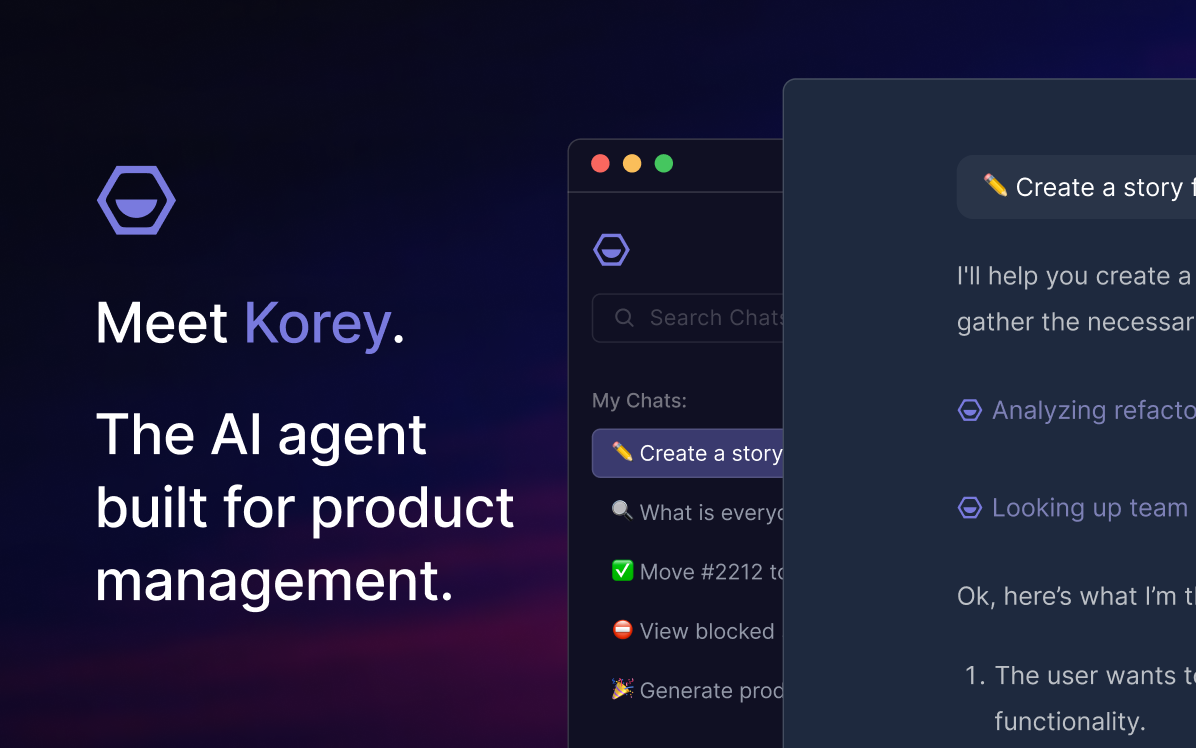What Is Imagination?
“What is imagination?” Ada Lovelace wrote in 1841. “First, the combining faculty, which seizes points in common, between subjects having no apparent connection. Second, imagination is the discovering faculty, pre-eminently. It is that which penetrates into the unseen worlds around us, the worlds of science.”
In other words, imagination isn’t fantasy. It’s the ability to connect ideas and model what doesn’t yet exist. For Ada Lovelace, imagination wasn’t a distraction from technical work. It was essential.
Building What Doesn’t Exist (Then and Now)
Ada Lovelace, a 19th-century mathematician and writer, worked with Charles Babbage on the Analytical Engine, a mechanical computing device that was never built. Yet in her detailed notes, she imagined how such a machine might operate, not just as a calculator, but as a system capable of manipulating symbols, language, and logic.
She outlined concepts now central to software design: abstraction, symbolic processing, and the separation of logic from hardware. She didn’t just describe a machine. She designed a system.
That way of thinking shaped her most enduring insight: machines could process meaning, not just numbers. She didn’t just write the first algorithm; she anticipated how computing might evolve.
Imagination in the Modern Engineering Era
Unlike Ada, today’s engineers work within systems already in motion. Modern software is abstract and layered. AI models behave unpredictably. Cloud infrastructure scales invisibly. Microservices pass data through countless intermediaries, while internal tools quietly shape how teams collaborate and make decisions.
These are the unseen worlds of engineering today. Working in them takes structured imagination — the ability to model systems, connect ideas across domains, and find clarity in complexity.
In tech, we often talk about systems and scale but rarely about imagination. Yet for engineers building at the edge of what’s possible, it’s essential. Imagination is how we reason about complexity, design abstractions, and prototype solutions before they’re fully defined.
Ada didn’t approach computation mechanically. She combined mathematical precision with poetic thinking, moving fluidly between intuition and structure. That ability to connect ideas across domains and model the unknown still defines great engineering.
Korey carries that same spirit of imagination into modern engineering. It’s an AI Product Manager that lives inside tools like Shortcut and GitHub, turning rough notes into build-ready plans, answering questions about progress, and keeping work aligned. By making reasoning and structure visible, Korey helps teams move from idea to implementation faster, with less friction and more flow. It turns imagination into motion, bridging the gap between intent and execution, just as Ada envisioned. Korey clarifies context, connects scattered information, and helps teams keep building into the unseen.
Today, whether designing adaptive architectures, reasoning through emergent behavior, or building tools for teams not yet formed, imagination isn’t a soft skill. It’s a core operating strength.
Ada’s Legacy Is Still Unfolding
Ada once described imagination as the faculty that “penetrates into the unseen worlds around us.” Korey was designed with that same principle in mind. Its “thinking state” and visible reasoning aren’t just UX choices; they’re an homage to that idea. By showing how it connects context, weighs options, and structures work, Korey makes the invisible visible.
In a sense, it’s imagination rendered as a system, a tool that doesn’t just automate tasks but models how teams think and build. Ada imagined machines that could process meaning, not just numbers. Korey carries that vision forward, helping today’s engineers connect ideas across domains, reason through complexity, and keep building into the unseen.
At Shortcut, we aim to support that mindset. From our core project management platform to tools like Korey, we reduce friction where it matters so teams can stay aligned and ship faster. In a world of shifting platforms and probabilistic systems, Ada’s vision still resonates.
Keep imagining.
Keep mapping the invisible.
Keep building into the unseen.




















.png)